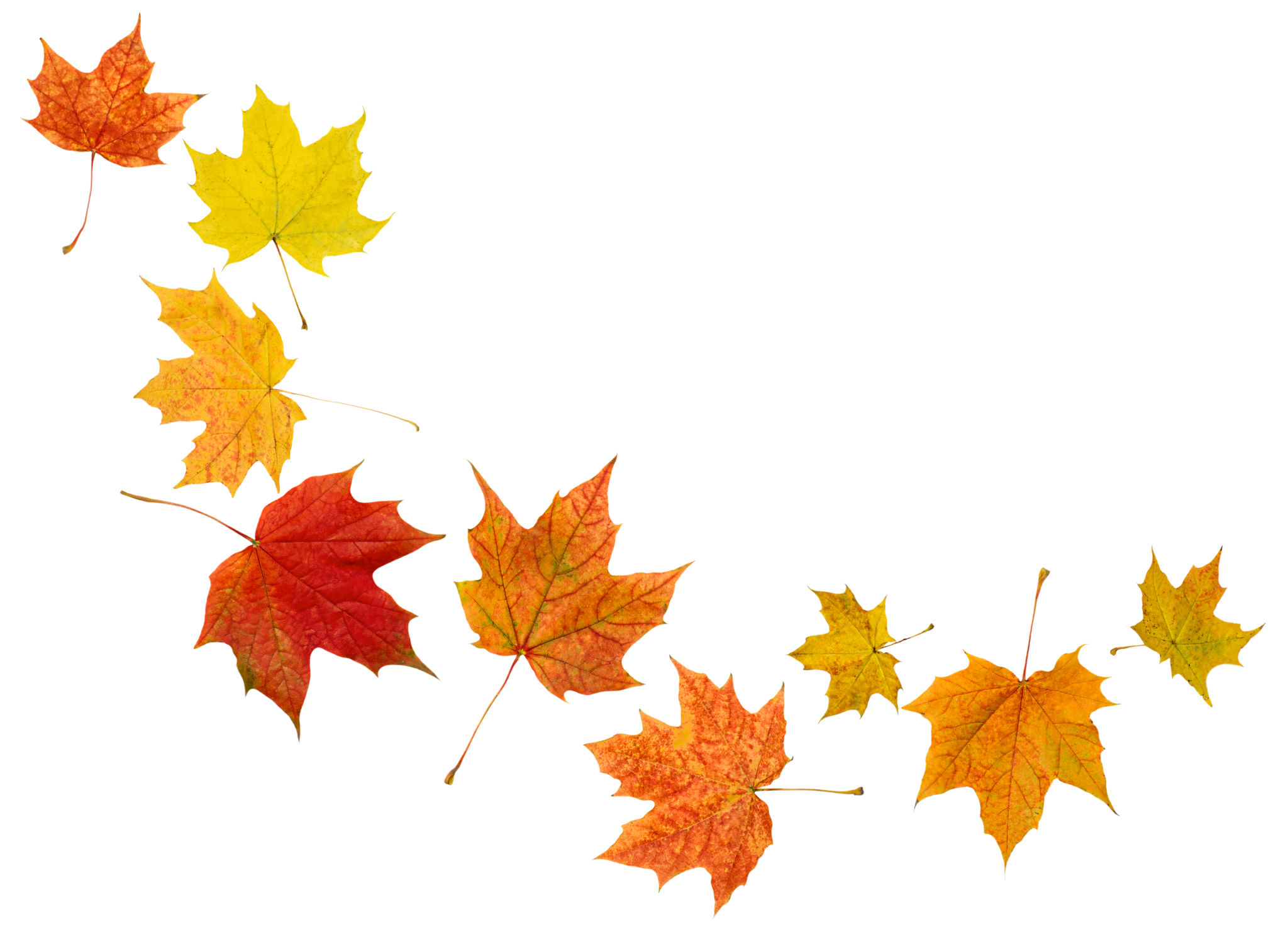How Seasonal Changes Affect Trees in Cheshire: Preparation Tips for Homeowners
Understanding Seasonal Changes
Cheshire, with its lush landscapes and diverse tree species, experiences distinct seasonal changes. These seasonal shifts can profoundly impact the health and appearance of the trees in your garden. From the vibrant colors of autumn to the bare branches of winter, understanding how these changes affect trees is essential for any homeowner looking to maintain a healthy landscape.
Each season brings its own set of challenges and requirements for trees. As a homeowner, being aware of these changes ensures that you provide the necessary care at the right time. This proactive approach not only maintains the beauty of your garden but also promotes the long-term health of your trees.

Spring: The Season of Renewal
In spring, trees enter a period of renewal and growth. As temperatures rise, trees awaken from their winter dormancy, and new leaves start to emerge. This is a critical time for pruning as it encourages healthy growth and shapes the tree’s structure. Moreover, spring is an excellent time to inspect your trees for any signs of disease or pest infestations that may have developed over winter.
Applying a balanced fertilizer in spring can also boost tree health. It provides essential nutrients that support new growth and strengthen the tree's resistance to potential stressors throughout the year.
Summer: Sustaining Growth
During summer, trees are in full growth mode, utilizing sunlight and water to expand their canopies. However, this season can also bring challenges like droughts and heat stress. Ensuring your trees receive adequate water is crucial. Mulching around the base of your trees can help retain soil moisture and regulate temperature.

Regular inspections for pests such as aphids or caterpillars are essential during summer. Early detection allows you to take appropriate action before infestations cause significant damage.
Autumn: Preparing for Dormancy
As autumn arrives, trees begin to prepare for dormancy by shedding their leaves. This is a natural process that reduces water loss during winter. Homeowners should focus on clearing fallen leaves to prevent fungal diseases. Additionally, autumn is an ideal time for planting new trees as the cooler temperatures and increased rainfall help establish roots.
Pruning in autumn should be minimal, focusing on removing dead or diseased branches to prevent them from causing harm during winter storms.

Winter: The Resting Phase
Winter is a time of rest for trees in Cheshire. During this period, trees rely on stored nutrients to survive the cold months. Protecting young trees from harsh winds with burlap wraps or tree guards can prevent damage. It’s also a good time to inspect tree trunks for cracks or splits that may occur from freezing temperatures.
Avoid heavy pruning in winter as it can stress the tree. Instead, focus on clearing any debris around the base and ensuring your trees have a protective layer of mulch to insulate their roots.
Conclusion: Year-Round Care for Healthy Trees
Caring for your trees throughout the seasons is essential for maintaining a vibrant and healthy garden. By understanding how seasonal changes affect your trees and taking appropriate measures, you can ensure their longevity and beauty year-round.

Investing time in regular inspections and maintenance allows you to enjoy the benefits of a well-maintained landscape while contributing positively to Cheshire’s natural environment. Remember, healthy trees enhance not only your garden's aesthetic appeal but also its ecological value.
